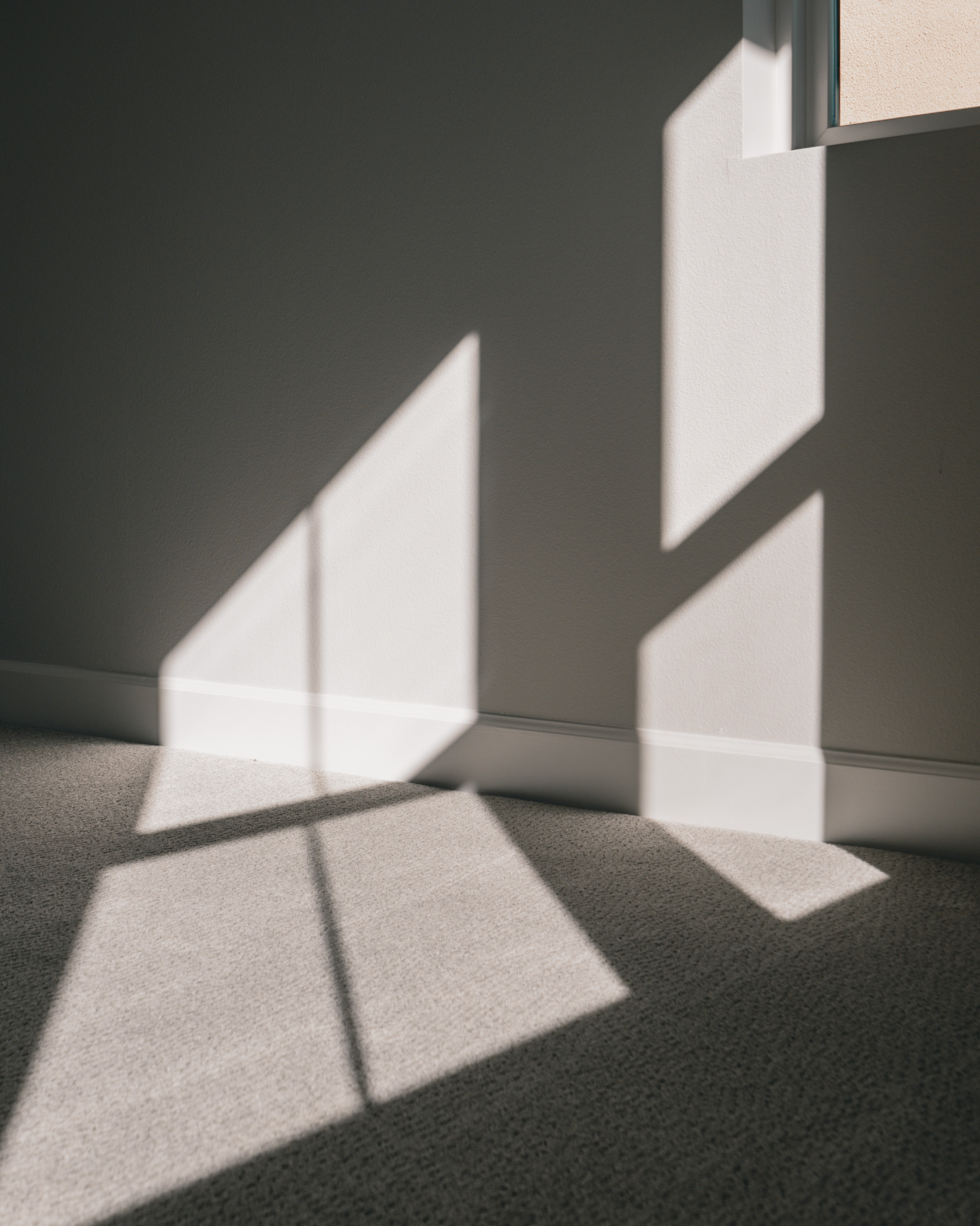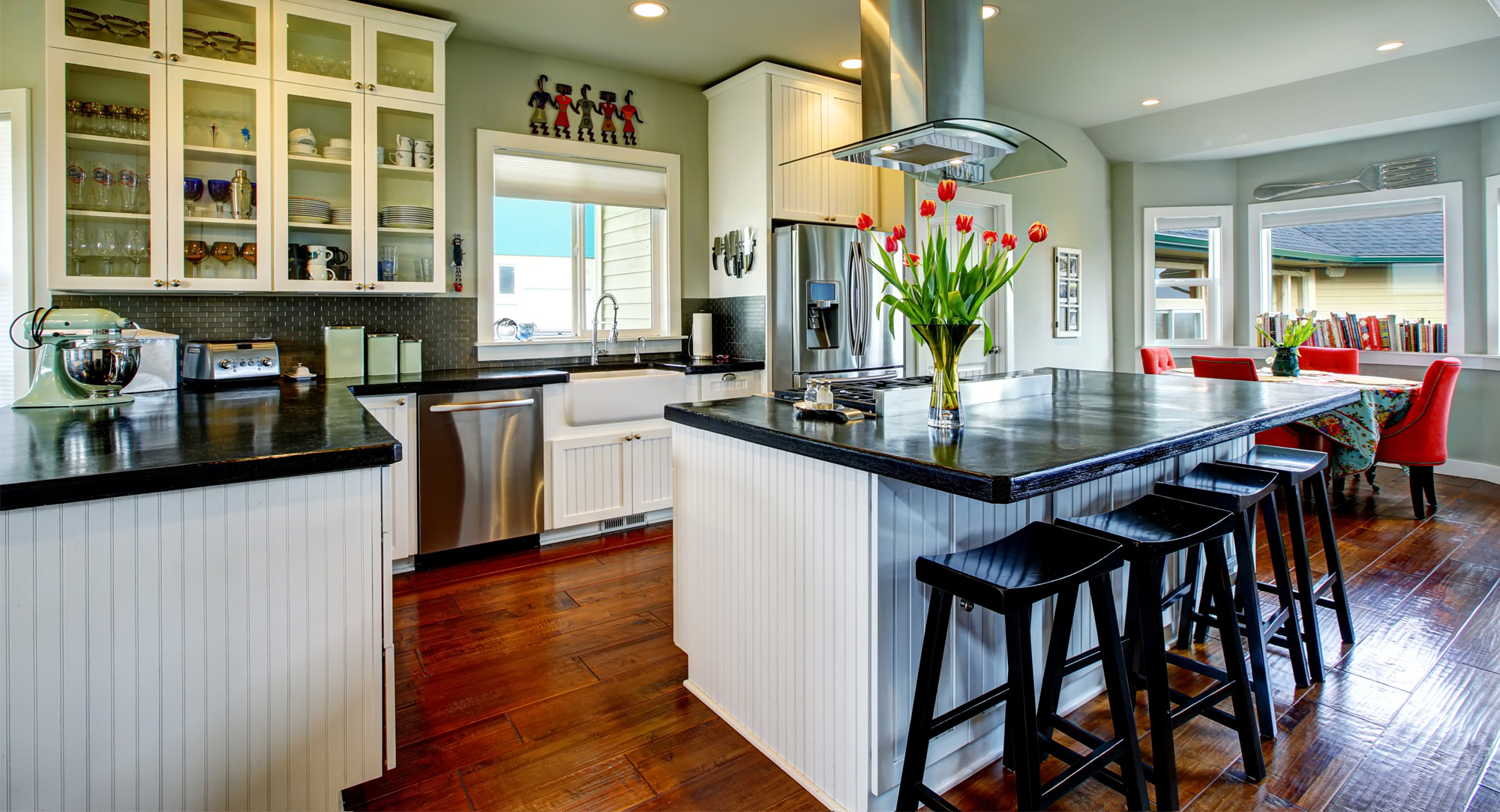
As a landlord or property owner, it is essential to prioritize the maintenance and appearance of your rental properties. One area that often requires attention is the carpeting. Over time, rental property carpeting can become worn, stained, and shabby-looking. This not only affects the overall aesthetic appeal of the property but also can impact tenant satisfaction and property value. Therefore, it is crucial to understand the signs that indicate it's time to replace the carpet and the best practices for doing so.
Signs that it's time to replace the carpet
Knowing when it's time to replace the carpet in your rental property is key to maintaining a clean and attractive living space. Some signs to look out for include excessive wear and tear, stubborn stains that cannot be removed, a persistent odor, or carpet fibers that have become matted and flattened. Additionally, if the carpet is more than ten years old, it is likely time for a replacement. Regular inspections and addressing any issues promptly will help you identify when it's time to replace the carpet and avoid further damage or tenant complaints.
Factors to consider when choosing new carpet for rental properties
When selecting new carpet for your rental property, several factors should be taken into account. First, consider the durability and stain resistance of the carpet. Rental properties typically experience higher foot traffic and are more prone to spills and accidents, so choosing a carpet that can withstand these challenges is essential. Additionally, opt for a neutral color and design that will appeal to a wide range of tenants and complement various interior styles. Lastly, consider the budget and the return on investment. While it may be tempting to choose the cheapest option available, investing in higher-quality carpeting can save you money in the long run by reducing the need for frequent replacements.
Best practices for preparing the rental property for carpet replacement
Before replacing the carpet in your rental property, it is crucial to take the necessary steps to prepare the space. Start by removing all furniture and personal belongings from the room. This will ensure that the carpet installation process is smooth and efficient. Next, thoroughly clean the subfloor and address any underlying issues such as moisture or mold. This will help prevent future problems and ensure a solid foundation for the new carpet. Finally, consider scheduling the carpet replacement during a time when the property is vacant or when the tenants can be temporarily relocated. This will minimize disruptions and allow for a faster installation process.
Hiring a professional carpet installation service
While it may be tempting to save money by installing the property carpet yourself, hiring a professional carpet installation service is highly recommended. These professionals have the expertise, tools, and experience to ensure a flawless installation. They can also provide valuable advice on selecting the right type of carpet and offer warranties for their work. Additionally, hiring a professional will save you time and effort, allowing you to focus on other aspects of managing your rental property.
Tips for maintaining and prolonging the life of the new carpet
Once the new carpet has been installed, it is crucial to implement proper maintenance practices to prolong its lifespan. Regular vacuuming is essential to remove dirt, dust, and debris that can accumulate in the carpet fibers. Promptly addressing spills and stains is also crucial to prevent them from setting in. Consider providing tenants with guidelines on how to properly care for the carpet and offer recommendations for carpet cleaning products or professional services. Regular professional deep cleaning is also advisable to remove deep-seated dirt and allergens, ensuring the carpet remains fresh and appealing.
Cost-effective options for replacing carpet in rental properties
Replacing the carpet in rental properties can be a significant expense, but there are cost-effective options available. Consider purchasing carpet remnants or remnants from commercial installations. These remnants are often sold at a discounted price but still offer good quality and durability. Another option is to choose carpet tiles instead of traditional broadloom carpeting. Carpet tiles are easier to install and replace in case of damage or staining, making them a cost-effective choice for rental properties.
The impact of new carpet on rental property value and tenant satisfaction
Investing in new carpet for your rental property can have a significant impact on both property value and tenant satisfaction. A well-maintained and visually appealing carpet can attract high-quality tenants and contribute to positive reviews and recommendations. Additionally, a new carpet can increase the overall value of the property, making it more attractive to potential buyers or investors. By prioritizing the replacement of rental property carpeting, you are investing in the long-term success and profitability of your rental business.
Recommended carpet types for rental properties
When selecting the type of carpet for your rental property, consider the specific needs and demands of the space. Nylon carpets are a popular choice for rental properties due to their durability and stain resistance. They are also available in a wide variety of colors and styles, making them suitable for different interior design preferences. Polyester carpets are another option, known for their softness and affordability. However, they may be less resistant to wear and tear, so they are best suited for areas with lower foot traffic. Consult with a reputable carpet supplier or professional installation service to determine the best carpet type for your specific rental property.
Contact Us
Replacing rental property carpeting is a vital aspect of property maintenance and tenant satisfaction.
For a local property management quote, contact us today by calling (770) 506-2630 or click here to connect with us online.








